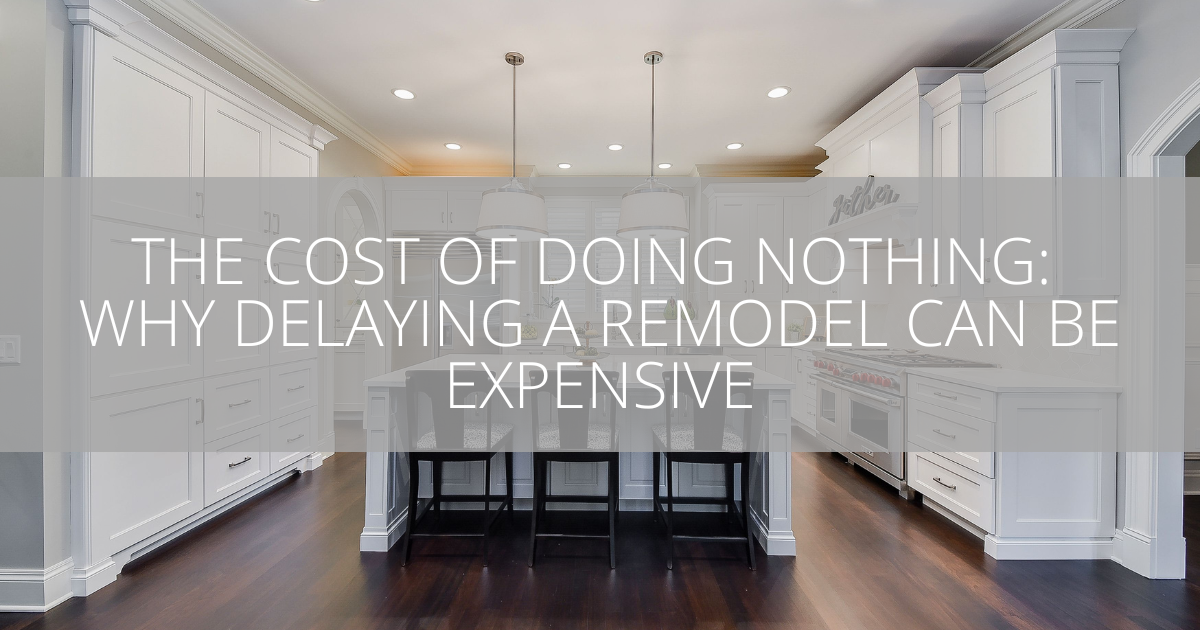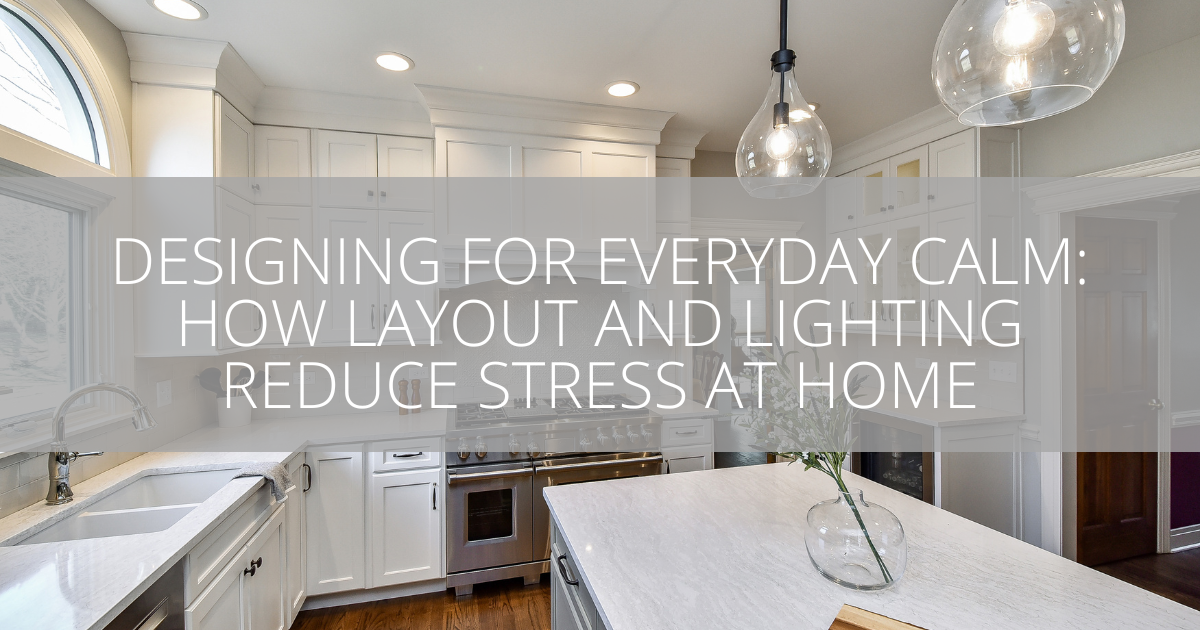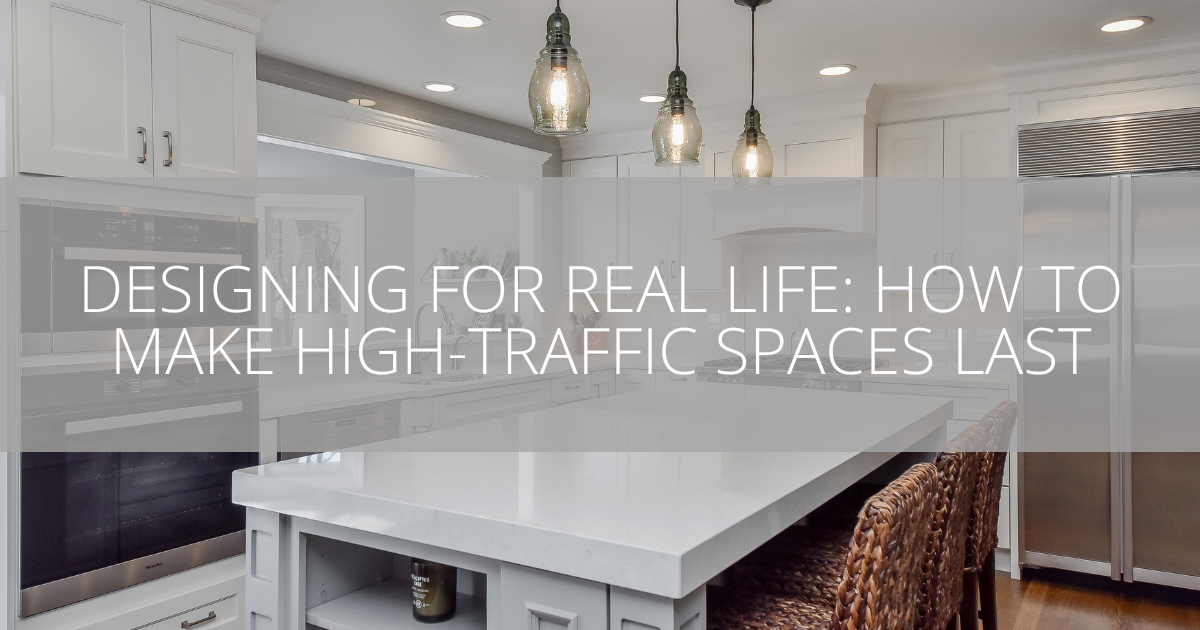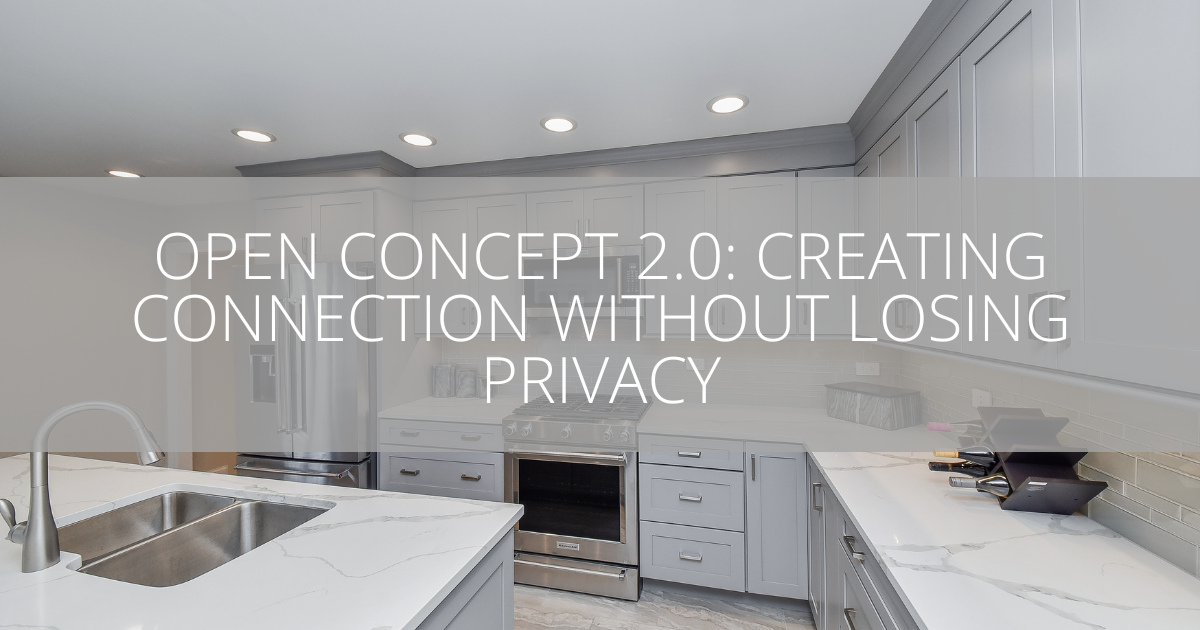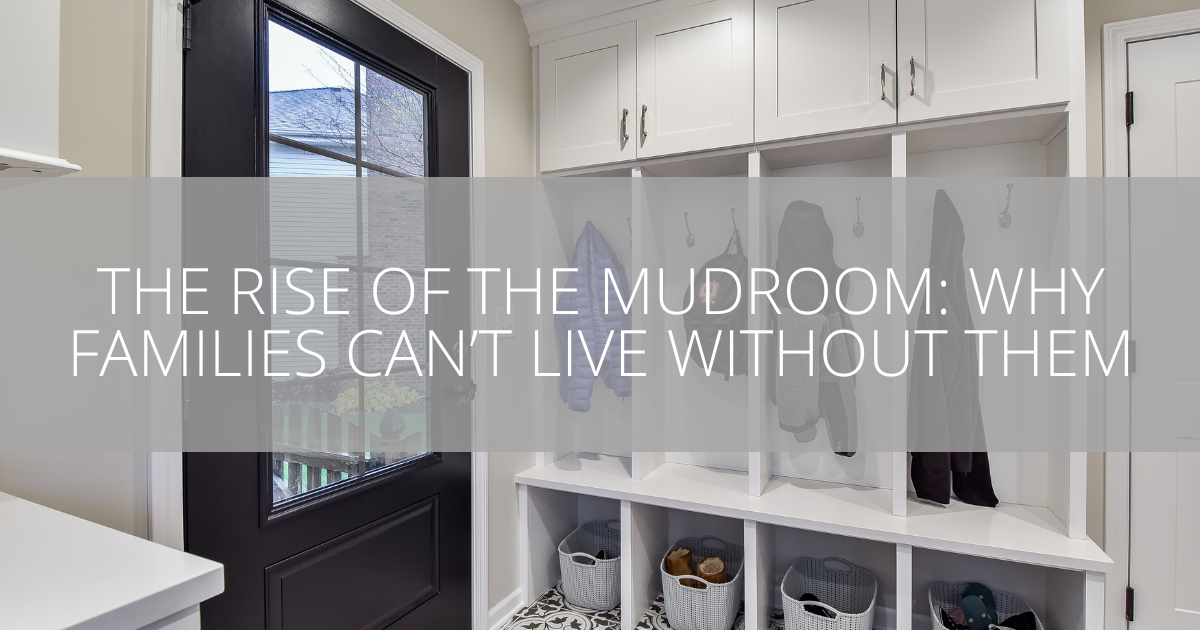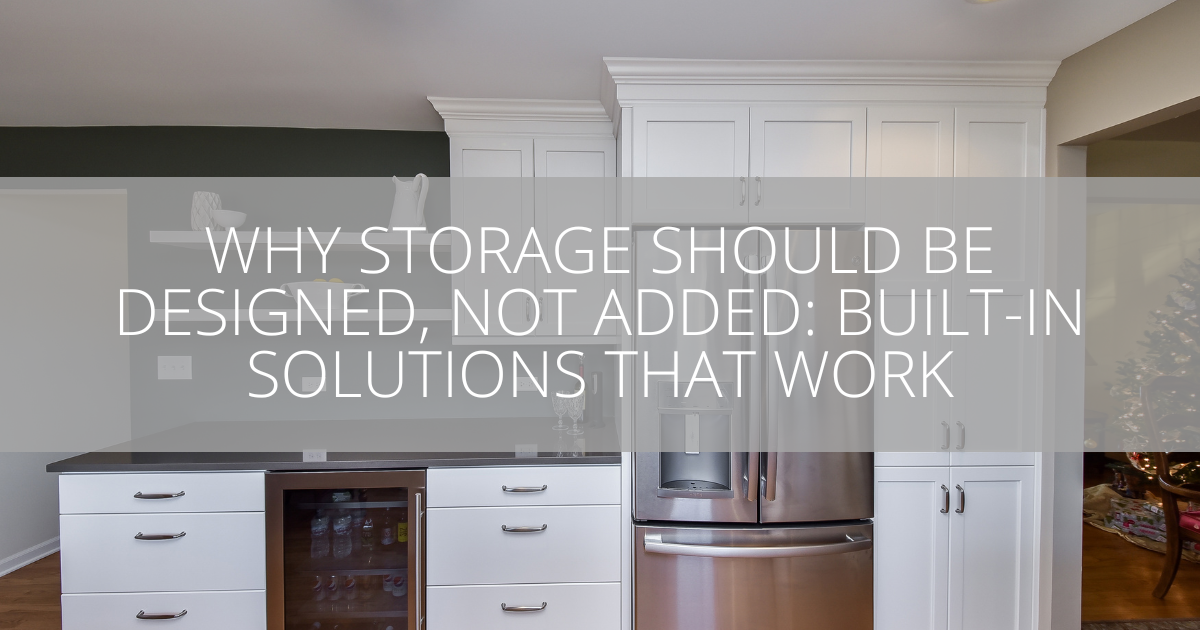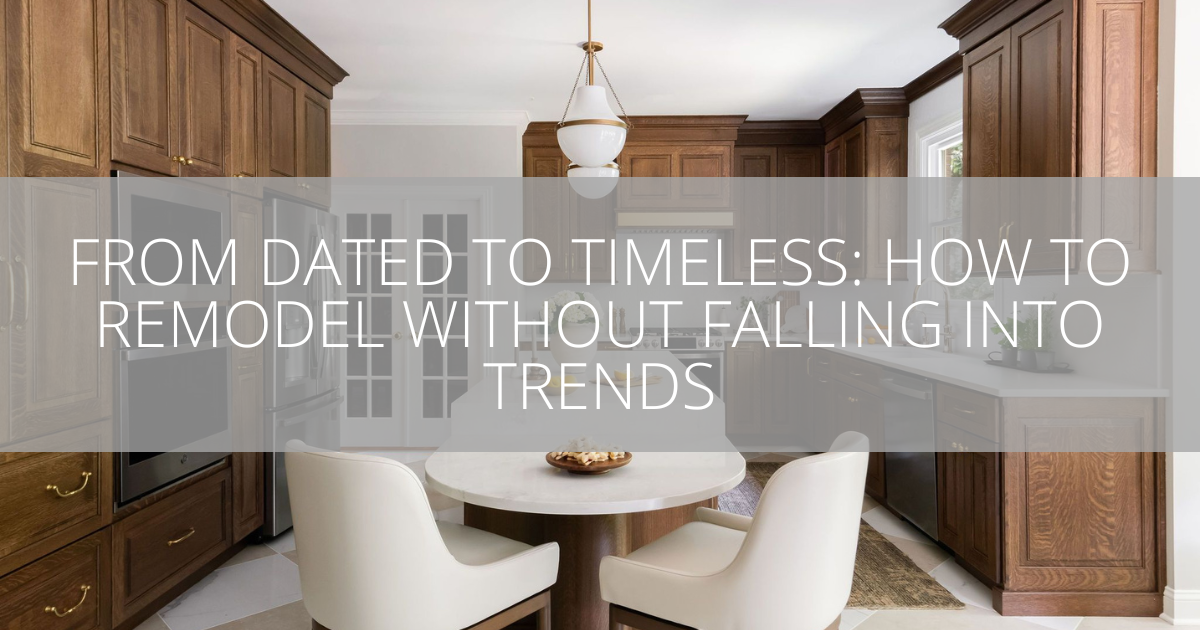
At Sebring Design Build, we believe great homes don’t just look beautiful, they feel beautiful. The way light filters through a window, the route you take from kitchen to living room, even the subtle way sound moves through the air: each of these elements affects your comfort and your mood. Together, they shape how you experience everyday life.
This connection between our surroundings and our state of mind is called the psychology of space. It’s where architecture, design, and human emotion meet. When those factors align, a home becomes more than shelter. It becomes an environment that restores, inspires, and welcomes you every single day.
In this article, we’ll explore the design principles that make certain spaces feel better than others, from lighting and layout to acoustics and materials. You’ll see how small choices can make a big emotional difference and how Sebring Design Build uses these insights to craft homes that feel balanced, intuitive, and alive.
Because a truly well-designed home isn’t just seen. It’s felt.
1. Why Some Homes Just Feel Better
 Comfort in a home isn’t only about furniture or finishes. It’s about how a space interacts with our senses, supports how we live, and subtly influences our mood and behavior.
Comfort in a home isn’t only about furniture or finishes. It’s about how a space interacts with our senses, supports how we live, and subtly influences our mood and behavior.
Environmental psychologists have long shown that our surroundings affect stress, focus, and even happiness. When a home feels calm and intuitive, we feel grounded. When it’s disorganized or harshly lit, we feel unsettled, even if we can’t explain why.
Sebring Design Build takes this seriously. Every layout, lighting plan, and material choice is guided by how it will feel to walk through, to work in, to relax in.
2. Lighting: The Mood-Shaper
Natural Light and Well-Being
Daylight is one of the most powerful tools in design. It regulates our sleep cycles, lifts mood, and increases productivity. Homes that maximize natural light tend to feel more open, fresh, and alive.
Strategic window placement, skylights, and glass doors help draw sunlight deep into the home. Even small adjustments, like adding transoms above doors or using reflective surfaces, can dramatically change how bright and cheerful a room feels.
Layered Lighting for Real Life
Lighting design isn’t just about brightness. It’s about flexibility. A well-lit home uses three layers of light:
- Ambient lighting for overall illumination.
- Task lighting for function (like under-cabinet strips in kitchens).
- Accent lighting to highlight features or art.
This layered approach supports how you live. You can work, cook, read, or relax without strain, and shift the mood instantly with a dimmer or warmer bulb.
The Feel of Color Temperature
Warm light (around 2700–3000 K) makes a room feel cozy and intimate. Cooler light (4000 K or higher) keeps you alert and focused. Mixing them purposefully throughout a home mimics natural daylight patterns: bright and cool in the morning, softer and warmer at night.
At Sebring, we design lighting around your day: where natural light enters, where shadows fall, how you’ll use the space from sunrise to bedtime.
3. Flow and Layout: The Art of Movement

Ever notice how some homes are easy to navigate, while others make you pause and reorient every few steps? That’s flow.
The Importance of Spatial Flow
Good flow makes a home feel intuitive. It’s the invisible rhythm that guides you from entryway to kitchen to living spaces without friction or confusion. A well-planned layout aligns with how you move—groceries from the garage to pantry, laundry from bedrooms to washer, guests from entry to gathering space.
Poor flow, on the other hand, creates subtle stress: narrow halls, awkward door swings, dead-end corridors. You might not consciously notice, but your body feels it.
Balancing Openness and Privacy
Open floor plans are great for connection, but every family also needs separation: quiet places for retreat or focus. The trick is balance. Define zones through subtle transitions: ceiling height changes, flooring materials, or furniture placement that guides movement naturally.
Scale and Proportion
Comfort lives in proportion. A space that’s too large can feel cold; too small can feel stifling. The best rooms match the human body. It is generous enough to breathe, intimate enough to feel personal. Sebring homes are designed at that human scale, where proportions support calm rather than overwhelm the senses.
Flow That Matches Lifestyle
Our team maps how you move through your day. From making coffee in the morning to relaxing in the evening, we build your home’s flow around it. When the layout fits your rhythm, life feels smoother.
4. Acoustics: The Sound of Comfort

We often design for what we see, but what we hear can make or break comfort.
The Science of Sound
Noise pollution from traffic, HVAC systems, or even open layouts can raise stress levels and fatigue. The opposite is also true: balanced acoustics calm the nervous system. A quiet bedroom, a lively but controlled kitchen, a softly echoing foyer: each has its own acoustic personality.
Materials That Shape Sound
Hard surfaces like tile and glass reflect sound, while soft ones like drapery, rugs, and upholstered furniture absorb it. The right combination creates harmony instead of chaos.
For example, a living room with a high ceiling might benefit from area rugs and textured walls. A home office may need acoustic insulation to block household noise. Sebring’s designers integrate these details early, so acoustics support comfort from day one.
Zoning Sound
Every household has both quiet zones (bedrooms, studies) and social zones (kitchens, living rooms). By designing physical buffers, like closets, hallways, or built-in cabinetry, between them, we keep peaceful areas truly restful.
You may not notice good acoustics immediately, but your body does. A home that sounds right helps you relax more deeply.
5. Materials, Texture, and Sensory Balance
The Feel of Surfaces
Design is as much about touch as sight. Smooth countertops, soft textiles, and warm wood underfoot bring subtle comfort every day. We register textures subconsciously. That’s why natural materials tend to feel “right.”
Nature Indoors
Biophilic design (bringing elements of nature inside) has measurable effects on well-being. Wood, stone, plants, and daylight connect us to the outdoors, which lowers stress and increases contentment.
Sebring homes often weave in natural textures and views: a wood ceiling beam here, a garden sightline there. It’s a design language of calm.
The Role of Color
Color psychology is real. Warm tones like terracotta or gold make a dining room inviting. Soft blues or greens cool a bedroom for rest. Neutrals balance visual noise and make rooms feel larger.
We help homeowners choose palettes not just for aesthetics, but for emotion. The right color in the right space enhances the overall feel of the home.
6. When Design Elements Work Together

Lighting, flow, acoustics, materials each plays a role, but it’s their combination that makes a home come alive.
A bright, airy living space can still feel harsh if sound echoes or proportions are off. A cozy bedroom can feel stifling if lighting is wrong. Comfort comes from integration, designing the sensory experience as a whole.
At Sebring Design Build, that’s our craft. We plan every layer to work in harmony, so light, sound, and movement all complement how you live.
7. Real-Life Scenarios That Show the Difference
Morning Light in the Kitchen
You wake up to sunlight streaming through a well-placed window. The kitchen glows softly, no harsh glare. You can walk from coffee station to patio without dodging obstacles. You breathe easier before your day even begins.
That’s good spatial psychology at work.
Evening Gatherings in the Living Room
Friends arrive for dinner. The lighting dims to a warm tone, voices carry comfortably without echo, and the open floor plan keeps everyone connected without feeling crowded. The whole room hums with easy energy.
That “good feeling” is no accident. It’s acoustic control, balanced scale, and layered lighting working together.
Quiet Nights in the Bedroom
When the day winds down, your bedroom feels like a refuge. The lighting softens, the walls hush the outside world, the textures invite rest. You close your eyes, and your body thanks you.
That’s design doing its job. It supports well-being without calling attention to itself.
8. Practical Ways to Make Your Home Feel Better

You don’t need to start from scratch to make your home more comfortable. Here are a few steps to apply the psychology of space right now:
- Use more natural light. Replace heavy curtains with sheer fabrics, add mirrors opposite windows, and keep sightlines open.
- Layer your lighting. Combine ceiling fixtures, lamps, and task lights for flexibility and mood.
- Reconsider flow. Clear paths between rooms, rearrange furniture to reduce bottlenecks, and make everyday tasks easier.
- Soften sound. Add area rugs, drapes, or wall panels to absorb echo in large rooms.
- Introduce nature. Bring in plants, wood accents, or natural fibers. Even small touches matter.
- Play with texture and color. Mix smooth and soft materials. Use calming tones in quiet zones, energizing hues in social spaces.
- Personalize. Spaces that reflect you. Family photos, heirlooms, favorite colors always feel warmer.
A few thoughtful changes can transform how your home feels to live in.
9. How Sebring Design Build Creates Homes That Feel Right
Sebring Design Build isn’t just about construction. We design experiences. Every project begins with understanding how our clients live, what they value, and how they want their home to make them feel.
Our Approach
- Listen first. We learn how you move through your day and what matters most to your comfort.
- Design holistically. Lighting, flow, acoustics, and materials are planned together, not as afterthoughts.
- Build with care. Our craftsmanship ensures every design decision translates perfectly from drawing to reality.
- Fine-tune details. We adjust lighting warmth, sound control, and spatial proportion until everything feels just right.
The result? Homes that look beautiful, function effortlessly, and most importantly, feel wonderful to live in.
10. Why This Matters
A well-designed home shapes how you start and end every day. It influences your mood, your energy, even your relationships. When a space supports you physically, emotionally, and visually, life flows easier.
That’s why Sebring Design Build takes design psychology seriously. We know that comfort isn’t a luxury; it’s essential.
If you’ve ever said, “I can’t explain it, but this house just feels better,” now you know why. Behind that feeling is design that respects the human experience. It has light that flatters, flow that makes sense, acoustics that calm, and materials that feel alive.
Conclusion

A home that feels good doesn’t happen by chance. It’s crafted with intention. Every decision, from how sunlight enters a room to how sound moves through a hallway, shapes how you live and feel each day. The psychology of space reminds us that design isn’t just about style; it’s about experience. When lighting, flow, acoustics, and materials come together in harmony, a house becomes a place of calm, connection, and comfort.
At Sebring Design Build, we’ve seen how the right design choices can completely change the way people live in their homes. Families gather more, mornings feel smoother, and quiet moments actually feel restful. That’s what happens when design goes deeper than aesthetics. When it’s rooted in human comfort and well-being.
If you’re ready to create a home that not only looks stunning but truly feels right, our team is here to help. Whether you’re remodeling a single room or designing your dream home in Franklin, TN, from the ground up, we’ll bring the science of space and the art of craftsmanship together to make it happen.
Let’s design a home that reflects who you are and supports how you live—every light switch, every layout, every detail tuned to you.
Start your project with Sebring Design Build today. Contact us to schedule a consultation and take the first step toward a home that feels as good as it looks.

